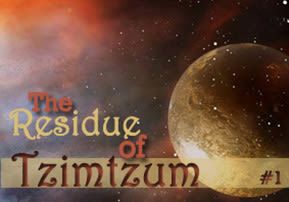
The Residue of Tzimtzum, Part 1
This lesson – a key in understanding Kabbalah - elaborates on the “Residue” that fills the void of Tzimtzum.

Part 33 of “138 Openings of Wisdom” by Rabbi Moshe Chaim Luzzato
Opening 26, Part 1
Details of the Residue that filled the Empty Space.
This emanated light was called a Residue of the Primordial Light, which because of its supreme greatness could not be apprehended. This Residue is called the Place (or Space) of all that exists, because this is what gives them existence, which the aspect of limitlessness would not give them. This place or space is said to be empty, and it is void of the light of Eyn Sof, blessed be He, in the sense that His limitlessness is not found there as at first.
Having explained that as a result of the Tzimtzum, a new light emerged, we must now understand further details about this light.
The proposition has three parts: Part 1: This emanated light… This explains that the emanated light was only a trace of the first light that disappeared. Part 2: This Residue is called… This explains that this emanated light has the power to provide a place or space for all that exists. Part 3: This place or space is said to be empty… This explains the concept of “emptiness” as it applies to this “place”.
Part 1: The light that was emanated was called a Residue… It was called a Residue, but only until new developments took place in it. This is because different names and descriptions are given to the lights according to their different functions, and the very light which we are presently calling the Residue will later be called “worlds”, “buildings”, “structures” and various other names.
However, before we trace these later developments, we shall refer to it by the term that applied to it originally, when it was called the Residue.
It was called the Residue, even though this term does not fit completely. This is because a residue is a trace left over from something that is in the same category, only greater, while the remaining trace is less. However, in the case in hand, the light that disappeared was not visible light, while the light that remained is visible light. Thus they are not in the same category, and the light that remained is not exactly a “residue” of the Infinite Light. We cannot truly say that it is a residue of that Light, only that it is called a residue. As to why it is so called if it is not really a residue, you will see later.
…a Residue of the Primordial Light… This indicates that the light that remained was not new and different from the light that disappeared, but rather that it was like a small part of it. Prior to the act of Tzimtzum, it was not recognizable as something separate in itself, but after the Tzimtzum it could be recognized as such.
We will be able to gain a deeper understanding of this entire matter by considering the relationship between Malchut and the other Sefirot as found in the lower realms from Atzilut downwards. In other words, the relationship between Malchut and the other Sefirot, as found in the worlds of Atzilut and below, will provide an analogy through which we may understand the relationship between the Residue and the departed Primordial Light of Eyn Sof. This is because the Residue is called Malchut of Eyn Sof.
Let us first consider the analogous case. Malchut is the root of the created worlds and their inhabitants. And what is Malchut? Malchut is the last part of the Sefirot of Zeir Anpin (i.e. the last part of all the Sefirot making up the Partzuf of Zeir Anpin — Chessed, Gevurah, Tiferet, Netzach, Hod, Yesod — representing all of the upper Sefirot. Each of the upper Sefirot includes all ten Sefirot and therefore has its own individual Malchut.) For the root of the lower realms and beings is the last part — the last power — found in each individual Sefirah.
Now we may object: If so, this would imply that the lower realms have ten roots — these being the ten last parts of all ten Sefirot — not just one root in the overall Malchut. The answer to this is that the law that the lower creatures should exist is called Malchut (the overall Malchut). This is a bond of all the powers contained in the ten Sefirot to bring forth the lower realms. For each Sefirah contains a power that relates to bringing forth the lower realms and beings, and this is its individual Malchut (such as Malchut of Chessed, Malchut of Gevurah, etc.). The overall Malchut is the law that the lower realms should exist. And from what is this law or light constructed? It consists of the totality of the powers existing in each of the individual Sefirot to bring forth the lower realms.
In other words, the overall Malchut is a bond of all the individual Malchuyot of each of the ten Sefirot. Even so, these separate powers would be hanging in suspense, but for one general, overall law which they need: namely that the lower realms should exist. This law or power (the overall Malchut) includes all of these specific powers (the individual Malchuyot of each of the ten Sefirot). This is what makes the potential actual. The bond of all these powers contained in each of the individual Sefirot to bring forth the lower realms is the law called Malchut.
(Rabbi Avraham Greenbaum is the director of Azamra (http://www.azamra.org/).
The 138 Openings of Wisdom is available for purchase online at http://www.azamra.org/Product_pages/openings.htm)





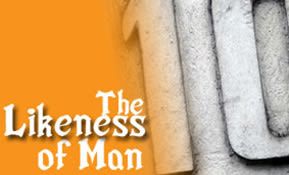

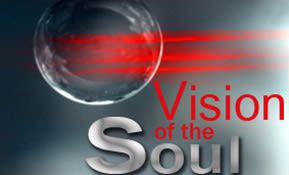
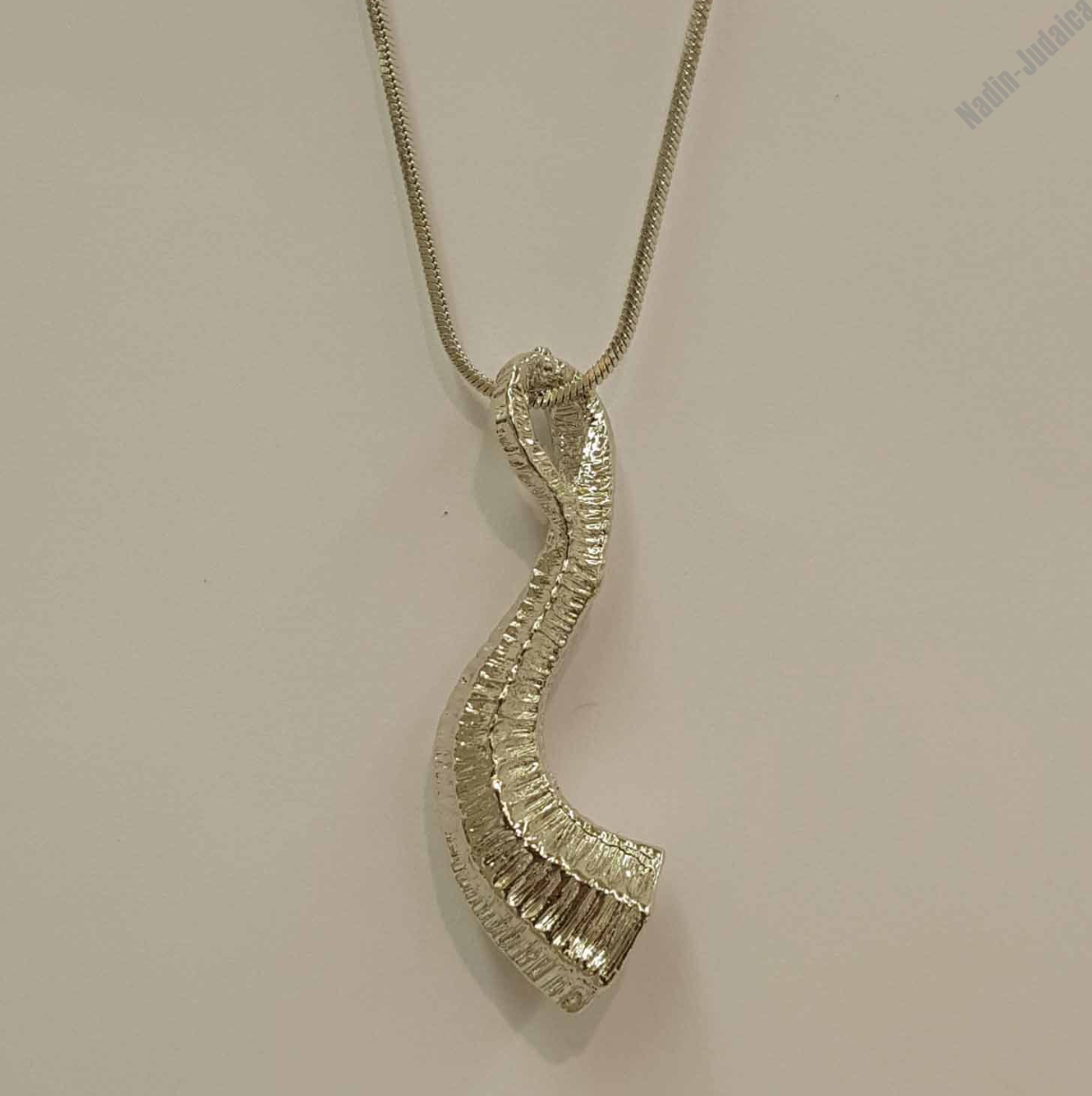

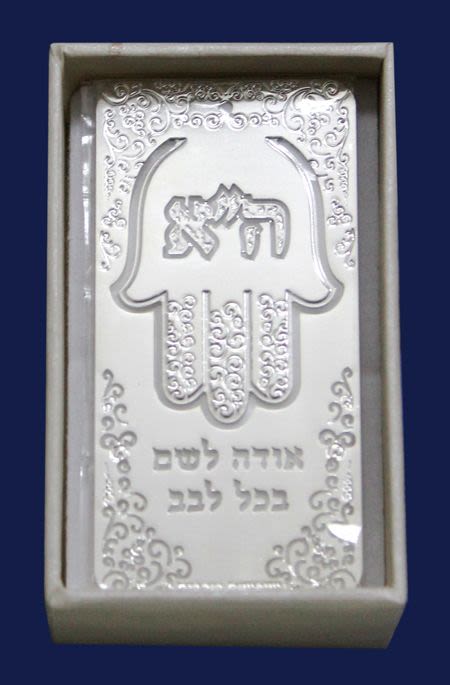

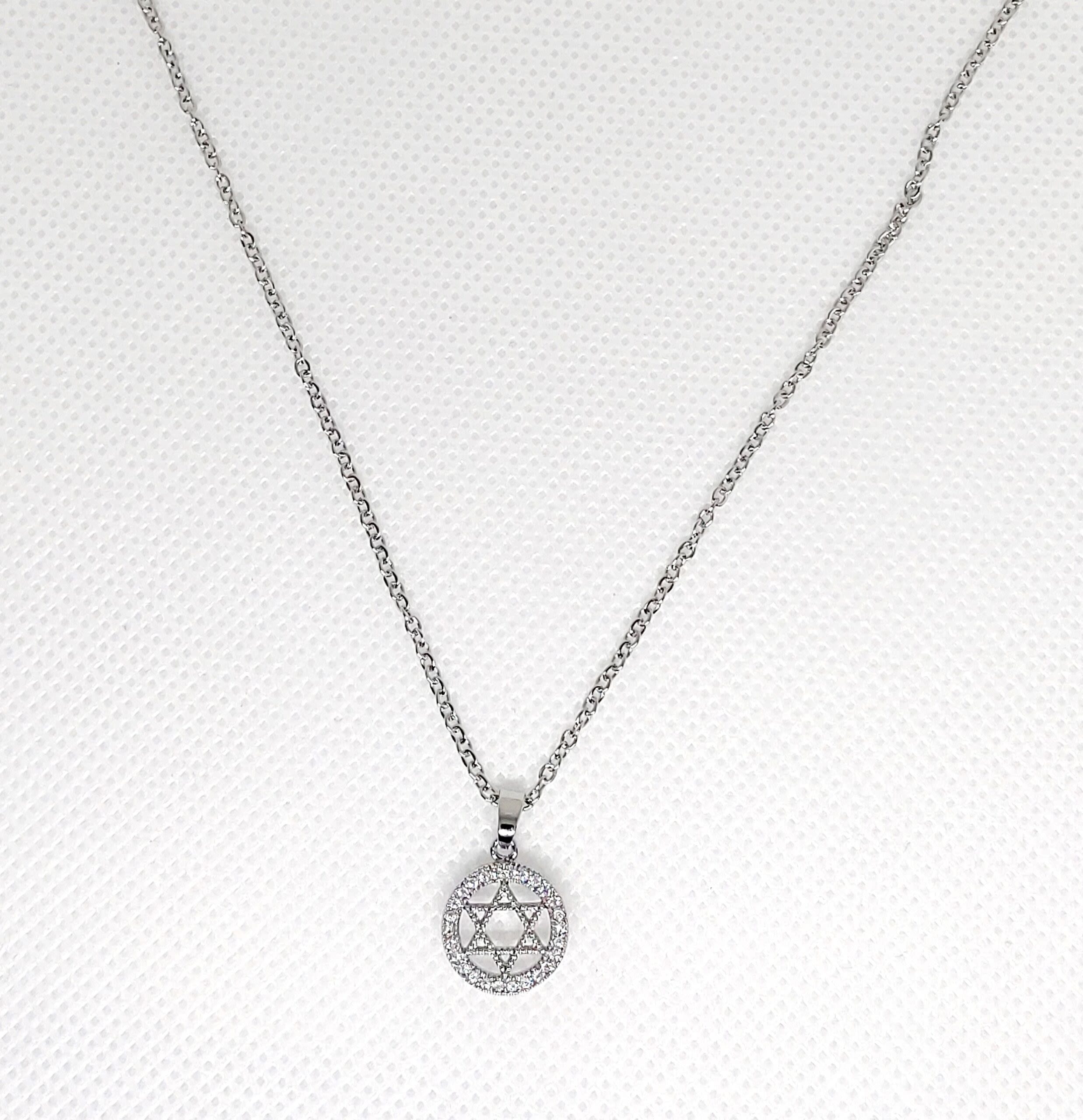
Tell us what you think!
Thank you for your comment!
It will be published after approval by the Editor.